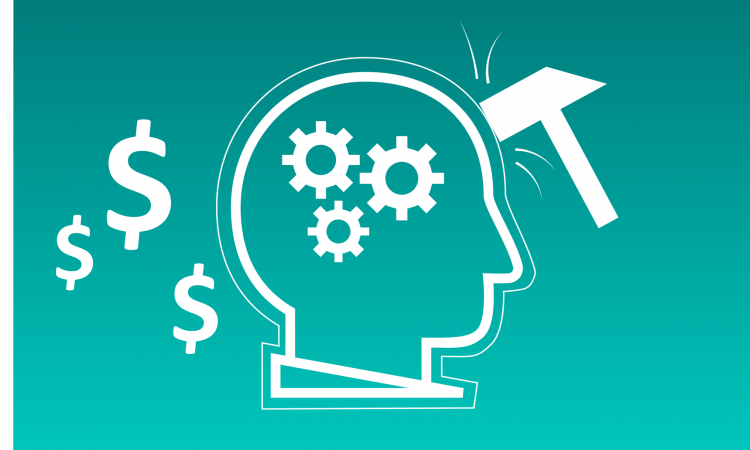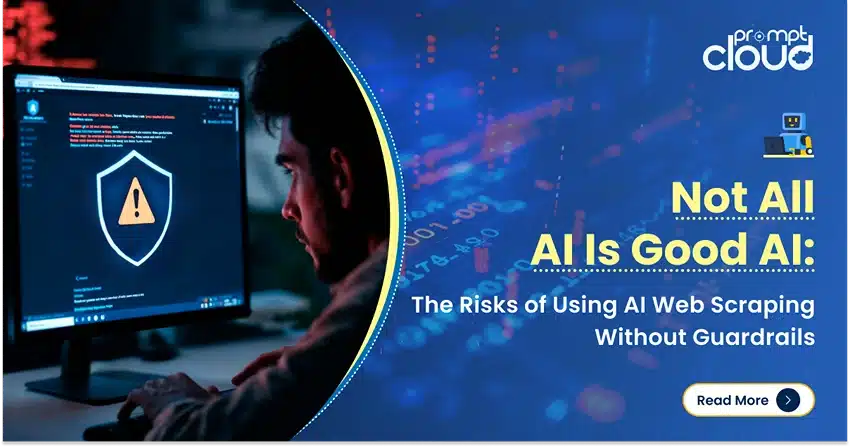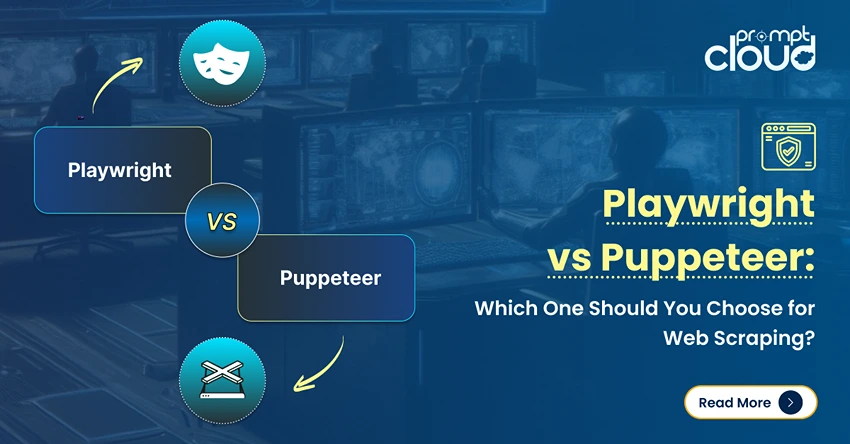
The year 2019 will not only see massive advancements in AI but also new applications and unimaginable steps that will require humans to go back to the drawing board and re-consider whether AI is a boon or a bane. We like to think that it could be both just like every other technological advancement – it’s about how we use it. That being said, let us dive into the upcoming applications of AI and Machine Learning in 2019. These applications are mostly in R&D stages and yet to be out to the public, or are out to the public but in beta stages, and yet to get an official flag off.
1. AI chips
Remember when you used to play those arcade PC games before you moved on to consoles like PS4 and Xbox? When playing low-end games, the CPU (usually Intel or AMD) was enough but when playing the latest high-end games like Tomb Raider and Assasin’s Creed Odyssey, you would be needing a dedicated GPU (or graphics card in layman’s term). These are dedicated chips that boost only your graphics experience. Why am I talking about this? Well, a new dedicated chip is about to hit the market.
AI enabled chips have already debuted in a few cell-phones like iPhone XR, Huawei Honor Play, and the Galaxy Note 8. In these cell-phones, a dedicated AI chip does the heavy lifting during functionalities like ML-based voice assistant, AI-powered smart camera and more. This way, the AI chip decreases the workload of the primary processor and keeps the phone from lagging. But AI enabled chips in cell-phones are just the tip of the iceberg.
Google, Microsoft, Amazon, Intel, and Facebook are all investing heavily in dedicated infrastructure that will boost AI-based functionalities, be it a chip that you can buy and plugin or a cloud-based CPU that can be used for Applications of Machine Learningand neural networks. The latest in news among these are the Intel Nervana (developed by Intel, where Facebook is a major development partner), Google Cloud TPU, Microsoft’s project Brainwave, and Amazon’s AWS Inferentia.
Most of the mentioned projects are not yet publicly available or are still in a Beta stage. Hence, 2019 could be the year when these projects will see the light of the day, and more powerful AI chips will make real-time AI-based applications a reality.
2. The marriage of IOT and AI
A lot has happened in both the domains, but the proper implementation of an IoT along with AI enabled solution is yet to be seen. The most popular use case that is stated on this topic is capturing data from cars using sensors and using the collected data to decide on an insurance amount. But honestly speaking how many insurance companies have actually used that method to calculate your premium amount?
Things are about to change in 2019, with the emergence of AI chips, cheaper and newer cloud-based AI services, and bigger companies investing in IoT and AI. More and more companies are going to bring out their self-driving cars, and CES 2019 gave a glimpse into how well IOT and AI together have helped companies dream bigger.
3. More applications of Machine Learning
While Applications of Machine Learning is a term most are familiar with, Automated Machine Learning is something that one might say is still in Beta stage. Automated Applications of Machine Learning refers to solving repetitive tasks through automation by applying ML to ML itself. For example, say one has to clean the data before he can apply different algorithms and see which algorithm fits the data best. The data cleaning part takes up a lot of time, and studies have shown, that it is a manual process that scientists loathe to repeat with new data sets again and again. Processes like these could be solved with the help of AutoML and 2019 is going to see a lot more applications as predicted by many.
4. AI will automate DevOps
IT services and infrastructure are a headache that you have to take on to keep your business running smoothly. However, various acts, that are performed by DevOps personnel can be automated, such as monitoring, debugging, scaling up, and more. DevOps will slowly give way to AIOps, and this will make it easier for everyday coders to take care of procedures and pipelines without the need to take the headache of setups and maintenance. Various papers have come up that predict the future of DevOps through AIOps.
5. Personalised medicines
Do you take the same pills for sleeping that your neighbour uses? Certainly not – the dosage might not be enough for you. Or one of the ingredients might not be good for you. Or the pill might not have any effect on you due to certain reasons. Why not have medicines tailored specifically for you? Personalized Medicines follow a procedure – a patient is analysed, along with his or her lifestyles and habits and only then a pill of specific composition is recommended. With the help of the 100,000 Genomes Project, Personalised Medicines are expected to see big growth in 2019, even though they might not be available publicly yet. A number of big conferences like the 11th International Conference on Predictive, Preventive and Personalized Medicine & Molecular Diagnostics, are also scheduled this year.
Applications of Machine Learning will help analyse patient data to decide which medicine would suit one best, leaving behind the age-old “one size fits all” theory.
6. Further evolution of ML-based assistants
In 2018, we were all blown away by the new and advanced Google Assistant. What did not happen is its commercial application. But that could be seen in 2019. In fact, many voice assistants like Alexa have been gathering a lot of data from users and 2019 could actually see these assistants growing much more intelligent and human-like. Voice assistants are supposed to move on from your living room to public places, your cars, announcement systems, ATMs, and more. Many are betting that 2019 will actually be the “Year of Voice Assistants”.
7. Better metrics from machines using AI
How good would it be if you could tell which machine in your factory is almost worn out and is in need of repair before it breaks down and causes loss of work for a day?
Industrial equipment and machines are usually serviced using a fixed schedule. This results in wasted labour and the risk of sudden and unexpected equipment failures from time to time. Once sensors are used with these machines and the data collected are fed to ML models, we can get better performance and more efficient servicing schedules.
An implementation of the following is GE’s creation of “Digital Twins” where a virtual model is built for big machines. Hundreds of sensors are used to make sure that the twin is updated with the condition of the real machine and this way the currently deployed 650,000 twins are managed and serviced. Further implementations of digital twins are expected to be implemented across intelligent factories across the globe this year.
8. Computer vision will shape the future of surveillance
Computer vision and surveillance have become a necessity in places like malls, airports or even in city crossroads. Many tech compaines have been quietly implementing their software in multiple places around the world so as to spot, track and report situations as and when necessary. But things need not go that far. Wouldn’t it be amazing if our home camera spotted an unknown man trying to break in and Google Assistant alerted us about it?
Companies like Google are heavily investing in computer vision (remember how it asks you to mark images with cars or signboards sometimes when you are trying to open a website?), and 2019 would see more players in the market. Surveillance systems are about to get a lot faster and surveillance is soon going to become not just a video stream but rather work as a stimulus to automated responses as well, based on the ground situation.ß
9. Healthcare will see further AI implementations
Healthcare has evolved over the years and ML has brought in more changes than just the rise of personalised medicines. Recently China claimed to have created the first Gene-edited babies. The tool used called CRISPR-CAS9, is supposed to operate on DNA to supply a required gene or disable the one that is causing disease or illness. Although the act has not been published in peer-reviewed journals and we are yet to verify it, artificial intelligence is already being used to predict genomic changes resulting in cancer.
This year, will see newer applications of gene modifications using AI to combat newer diseases and optimise humans. However, the ethical and legal dilemmas and arguments behind such medical miracles still remain a point of debate in the scientific world.
10. Social Credit Systems
A relatively new Applications of Machine Learning that has been implemented in China- it is a huge ranking system which will be monitoring the behaviour of all the citizens using surveillance cameras and online activity monitors, so as to rank them based on their “social credit“.
Although it is supposed to be fully up and running by 2020, its implementation has already taken the country by storm and people are being marked up or down depending on acts like smoking in public, boarding a train without a ticket or donating to charity. The exact methodology is unknown but hopefully, a robust ML model uses data from various sources to decide whether to decrease a person’s score, increase it, or let it remain stagnant.
What sounds like a dystopian thought and seems like an episode from Black Mirror, is the reality of millions and we might see the implementation of the system covering all of China by the end of this year. And again, although the application is very new, the philosophy beyond it is argued by many.

















